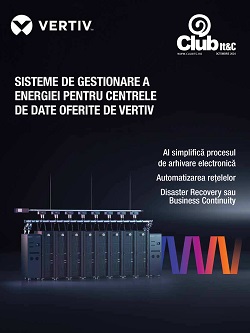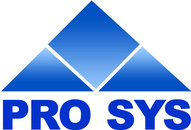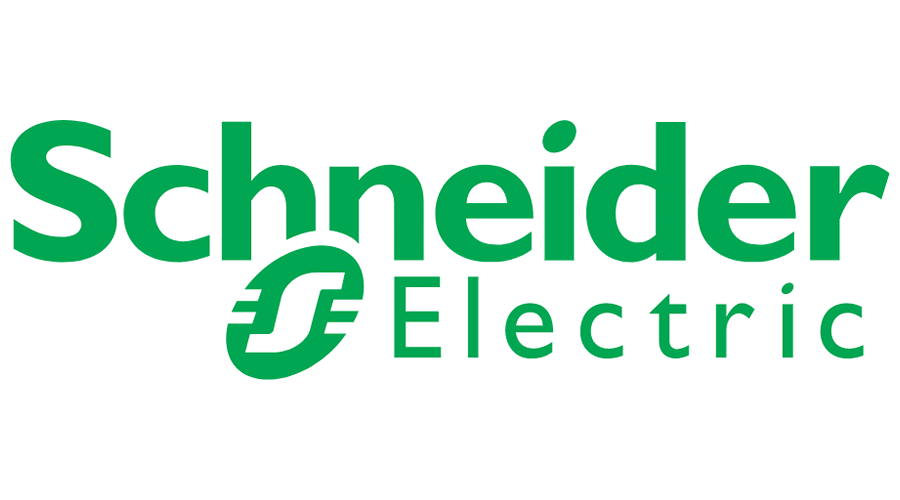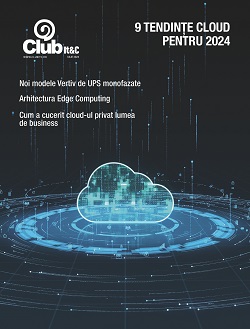Sustainability is a topic that is predominantly debated among NGOs and corporations with high social responsibility. However, it should not be ignored by the rest of the economy, for at least two reasons. Climate change affects us all, and the European Union has ambitious plans to reduce carbon emissions and will impose increasingly stricter regulations in the future.
On November 28, 2022, the European Parliament adopted the <a href=”https://finance.ec.europa.eu/capital-markets-union-and-financial-markets/company-reporting-and-auditing/company-reporting/corporate-sustainability-reporting_en”>Corporate Sustainability Reporting Directive</a>, CSRD , which fundamentally changes the current sustainability reporting regime. The associated rules are likely to apply from 2024, as member states will have 18 months to transpose them into national legislation. The directive will impact tens of thousands of European commercial companies, at least 6,000 of which are from Romania.
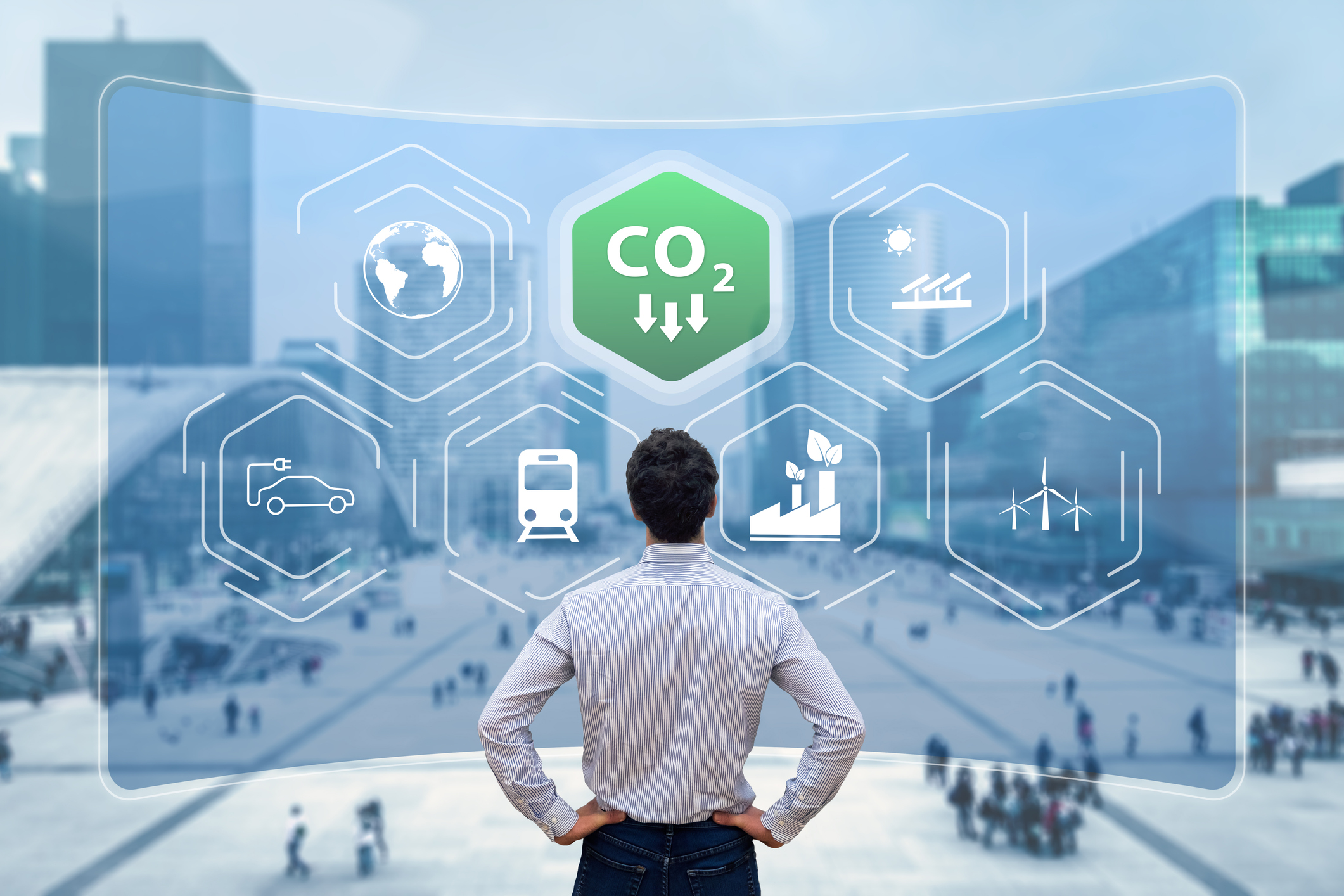 These companies will be required to publish more sustainability reports, including information about business models, strategy, and supply chains, with a particular emphasis on correlating financial statements with sustainability statements.
These companies will be required to publish more sustainability reports, including information about business models, strategy, and supply chains, with a particular emphasis on correlating financial statements with sustainability statements.
Therefore, it is certain that in the coming years, sustainability reporting and, by extension, understanding the impact that each company has on the environment will be more important than ever.
At the same time, maintaining the balance between profitability and ecology/sustainability will create new challenges for entrepreneurs. Companies will need solutions that provide clarity on the carbon footprint generated by their operations, to find ways to reduce this footprint and comply with regulations.
What does sustainability mean and how can we measure it?
The simplest definition of sustainability is the ability of an entity to exist and develop without depleting natural resources. The United Nations organization considers sustainable development to meet the needs of the present without compromising the ability of future generations to meet their own needs. It assumes that resources are limited and therefore should be used conservatively and carefully to ensure that they are sufficient for future generations without reducing the quality of current life.
According to the European Commission, sustainability requires some key approaches, including circular economy, use of renewable energy, reducing carbon footprint, increasing productivity, digitalization, etc. Such principles are increasingly found in the business strategy of organizations and are expected to become the coagulation factor of more and more ecosystems. (For example, the Coalition Romania Sustenabilă).
In these ecosystems, companies will seek business partners who respect the same principles of ecology and sustainable development. The sustainability of an organization is difficult to measure, but not impossible, especially when it focuses on indicators such as carbon footprint or electricity consumption from renewable sources.
SAP Product Footprint Management
SAP has released a solution this year to support small and medium-sized businesses in transitioning to eco-friendly and sustainable development.
SAP Product Footprint Management is a solution that allows companies to outline their carbon footprint by creating a specific inventory that identifies all emissions associated with business operations and monitors their evolution over time.
The solution is compliant and helps companies meet the requirements set by the Green House Gas protocol (GHG ). SAP Product Footprint Management allows for measurement and reporting in multiple directions: carbon emissions, recycling, and waste prevention. The solution is natively integrated with SAP Business One but allows integration with other data sources and IoT devices (intelligent meters, for example).
The solution provides insight into a company’s environmental impact and sustainability and can be used for:
• Supporting investment, acquisition, and portfolio expansion decisions
• Efficient use of resources and migration to renewable resources
• Transparent information for employees, customers, business partners, and authorities.
A common scenario for using this SAP solution is calculating the carbon footprint associated with product transportation. The system is very granular and allows for detailed calculations based on product, weight and volume, transportation mode, supplier, route, etc. Monitoring such an indicator over time allows for identifying measures to reduce the footprint by identifying alternatives, optimizing routes, correlating multiple shipments, etc.
SAP plans to diversify its package of sustainability-related solutions, as sustainability is becoming a general concern in the European economy. In April, the European Commission announced its intention to reduce greenhouse gases by 60% by the end of this decade, as well as reduce emissions associated with business travel by 50% within its administrative structure. Organizations across the European Union are expected to adopt similar measures.
For additional information or specific requirement System Innovation Romania team is your disposal.


